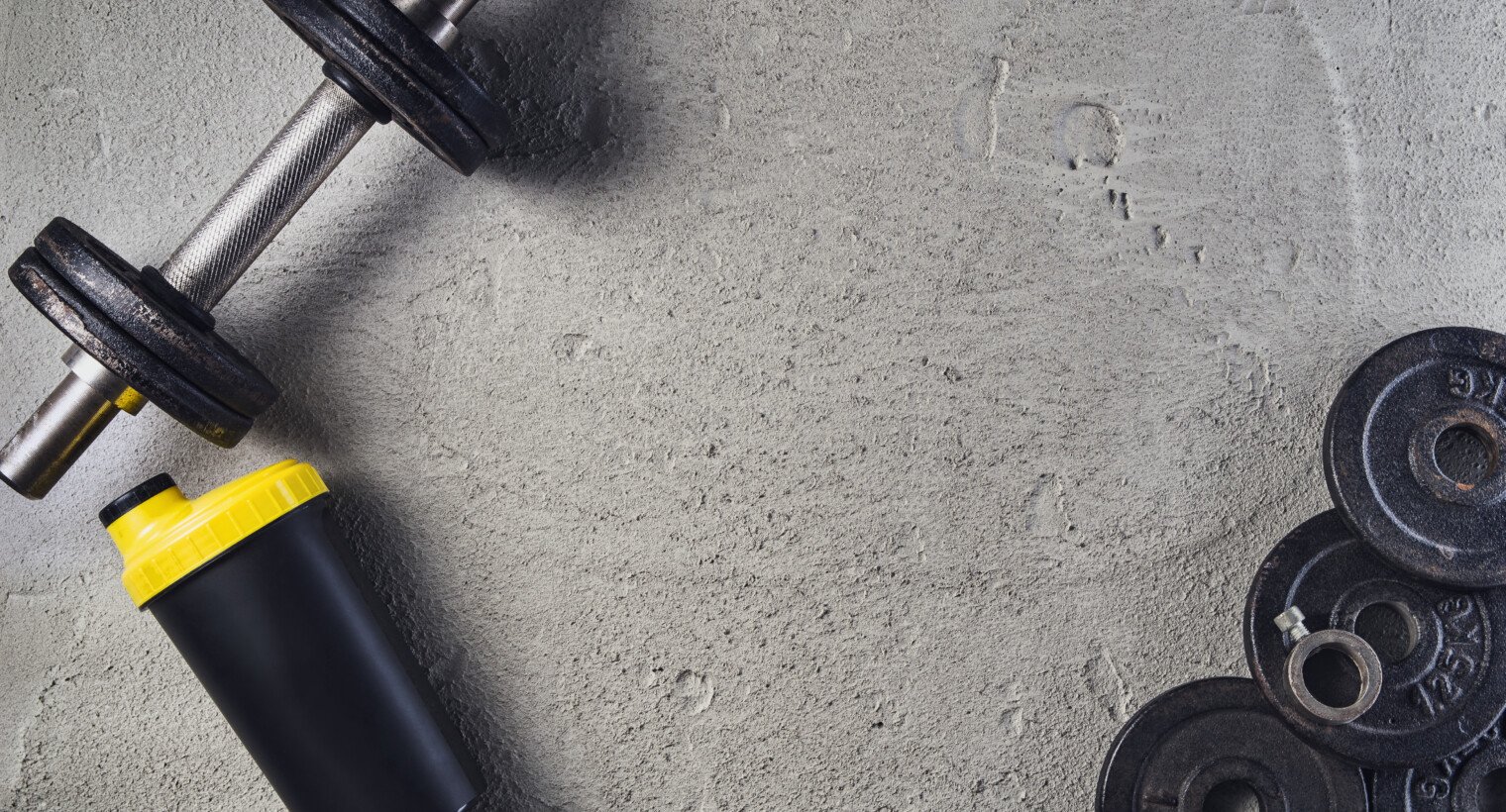The Right Way to Add Turn
One of the most important—and often misunderstood—aspects of a powerful, consistent golf swing is your body’s rotation, or “turn.” At PSRTA Golf Club, Bikaner, we see many golfers who want to add more distance and accuracy to their shots, but struggle with stiff, incomplete turns. If you’ve ever wondered how to add turn to your swing the right way, read on for tips that can transform your game.
Why Turn Matters
The golf swing is a sequence of movements, and body rotation is at its core. A good turn helps you:
-
Generate more clubhead speed and distance
-
Stay on plane for consistent ball-striking
-
Maintain balance and rhythm throughout the swing
-
Reduce strain on your arms and back
1. Start With the Hips and Shoulders
Proper turn doesn’t just mean twisting your upper body. Your hips and shoulders should both rotate—but at different rates:
-
Backswing: Turn your shoulders away from the target while allowing your hips to rotate naturally. Ideally, your lead shoulder should come under your chin, and your back should face the target at the top of the swing.
-
Downswing: Initiate the move down with your hips, letting them unwind toward the target before your shoulders follow. This “separation” creates power and sequence.
2. Maintain a Steady Head and Spine Angle
A common error is swaying side-to-side or lifting your head as you turn. Instead:
-
Keep your head relatively steady.
-
Maintain your spine angle as you rotate, ensuring a solid foundation and better contact with the ball.
3. Use Your Lower Body
A strong turn isn’t all about the upper body. Let your knees flex naturally on the backswing and start the downswing by driving your hips and legs toward the target. This motion stores and releases energy efficiently.
4. Don’t Over-Turn
Flexibility varies for everyone. Avoid over-rotating to the point of losing balance or posture. A full, comfortable turn is better than a forced one—quality matters more than quantity.
5. Simple Drill: The “Chair Drill”
Stand with a chair or alignment stick just outside your back hip. As you take your backswing, ensure your hip turns without sliding backward into the chair. This teaches you to rotate rather than sway, encouraging proper turn.
6. Practice, Practice, Practice
Repetition is key. Work on slow, controlled practice swings, feeling your shoulders and hips turn together, and then transition that motion to faster swings as you gain confidence.
Benefits of the Right Turn
-
Increased distance off the tee and fairway
-
More consistent ball striking and accuracy
-
Improved rhythm and timing
-
Reduced injury risk by using larger muscle groups
Get Personalized Help at PSRTA
If you’re not sure your turn is working for you, book a lesson with one of our PSRTA pros. Video analysis, feedback, and custom drills can help you unlock your best swing yet!
Remember: The secret to more power and consistency starts with the right turn. Master this, and you’ll enjoy better results—and more fun—on every round at PSRTA Golf Club, Bikaner.




